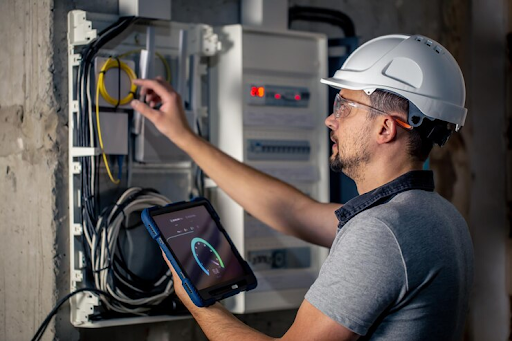In today’s modern homes, ensuring safety in electrical and generation system installations is paramount. Whether you are renovating, building a new home, or upgrading your current electrical setup, implementing proper safety measures is crucial to prevent hazards and ensure efficient operation.
Understanding Electrical Safety Codes
Before embarking on any home electrical installation project, familiarize yourself with local electrical safety codes and regulations. These codes are designed to protect homeowners and ensure that installations meet safety standards. Adhering to these guidelines not only enhances safety but also prevents potential legal issues down the line.
Professional Assessment and Planning
Engaging a qualified electrician to assess your home’s electrical needs is a foundational step. Professionals can identify potential risks, recommend suitable equipment, and create a comprehensive installation plan. This proactive approach minimizes the chance of errors and ensures that your electrical system is installed safely and efficiently.
Choosing Quality Materials and Equipment
Opting for high-quality generation system installation components and equipment is non-negotiable when it comes to safety. From circuit breakers and wiring to outlets and switches, using reputable brands and materials that meet industry standards can significantly reduce the risk of electrical faults, short circuits, and other potential hazards.
Proper Grounding and Bonding
Ensuring proper grounding and bonding in your electrical system is essential for safety and functionality. Grounding provides a safe path for electricity to flow in case of a fault, while bonding prevents potential differences in voltage that can lead to electrical shocks. These measures are critical in safeguarding both people and appliances within your home.
Safe Generator Installation Practices
For homes equipped with backup generators, correct installation is key to ensuring safety during power outages. Generators should be installed outdoors in a well-ventilated area to prevent carbon monoxide buildup. They should also be connected through a transfer switch to avoid backfeeding electricity into the grid, which can endanger utility workers and damage equipment.
Clear Labeling and Accessibility
Maintaining clear labeling of electrical panels, circuits, and equipment is vital for emergency situations and routine maintenance. Labels should be legible and placed in visible locations to facilitate quick identification of circuits and components. Additionally, ensuring easy access to electrical panels and equipment allows for safe troubleshooting and repairs when needed.
Regular Inspections and Maintenance
Regular inspections by qualified professionals are essential to ensure the ongoing safety and reliability of your electrical system. Inspections can identify potential issues such as worn-out wiring, loose connections, or outdated equipment that may pose safety risks. Addressing these issues promptly through routine maintenance helps prevent costly repairs and enhances the longevity of your electrical installations.
Educating Household Members
Educating family members about electrical safety practices is crucial for preventing accidents at home. Simple guidelines such as avoiding overloading outlets, unplugging appliances during storms, and using extension cords properly can significantly reduce the risk of electrical fires and injuries. Encouraging awareness and responsible behavior fosters a safe living environment for everyone.
Emergency Preparedness
Preparing for electrical emergencies is another aspect of ensuring safety in home installations. Familiarize yourself and your household members with the location of circuit breakers, main electrical shut-offs, and emergency contact numbers. Having a well-thought-out emergency plan can mitigate risks and expedite response in critical situations.
Ensuring safety in home electrical and generation system installations requires a combination of knowledge, planning, and adherence to best practices. By prioritizing safety measures from the outset and maintaining vigilance through regular inspections and education, homeowners can create a secure environment for themselves and their families. Remember, the investment in safety today pays dividends in peace of mind and protection tomorrow.
